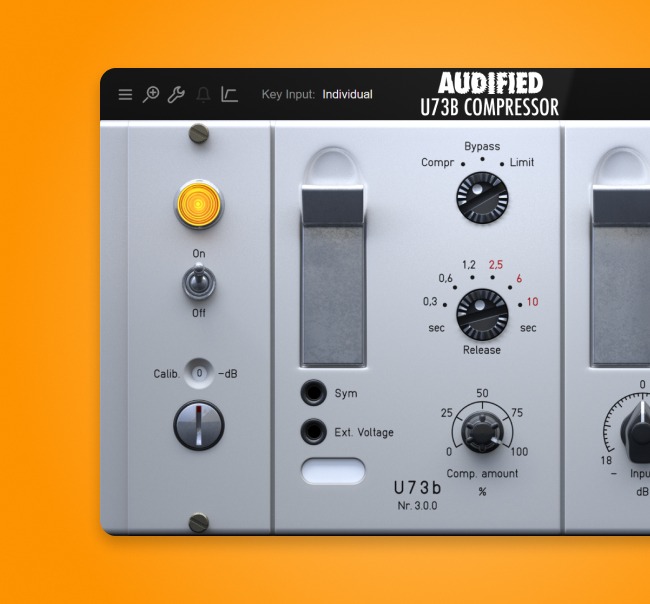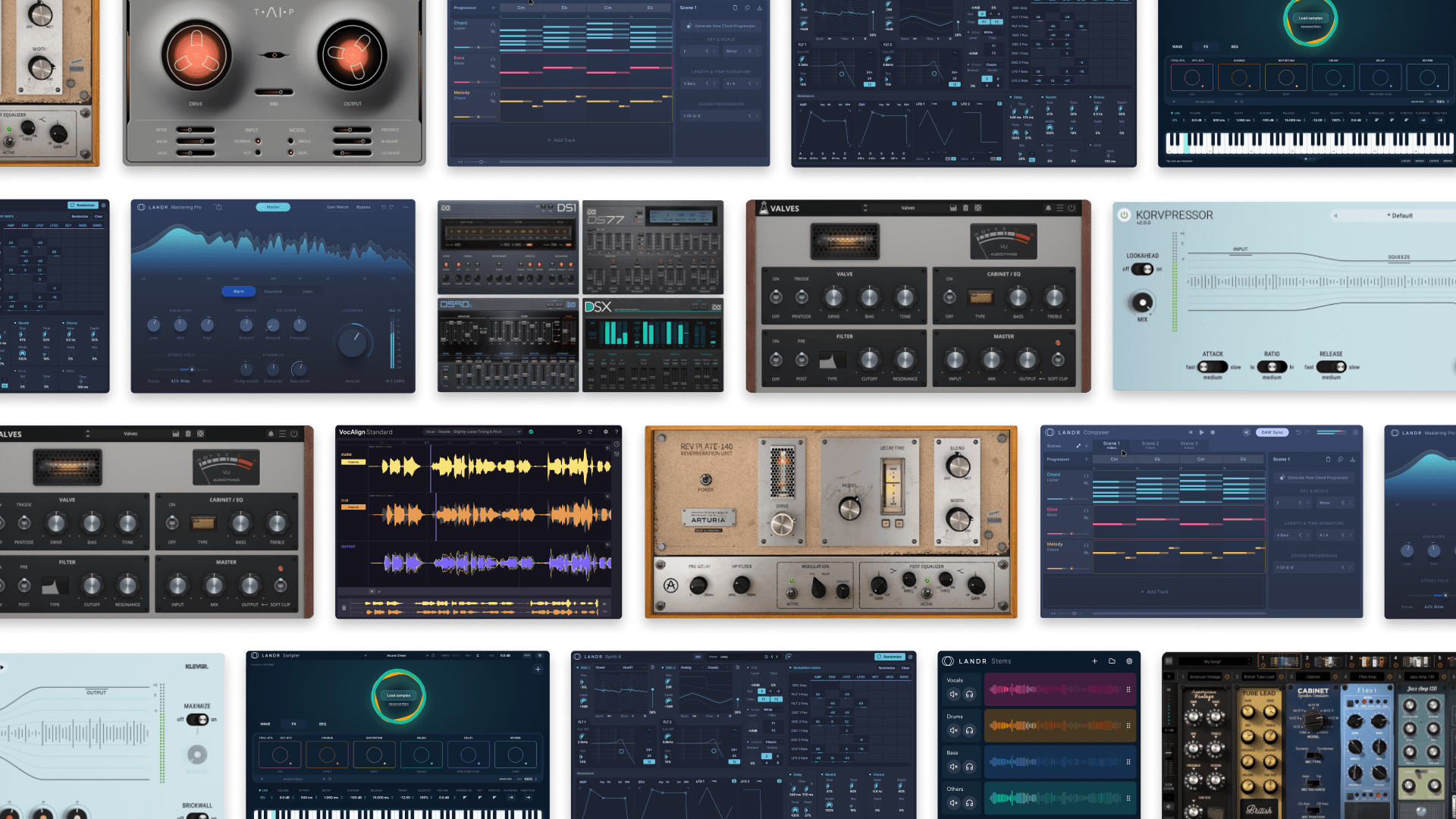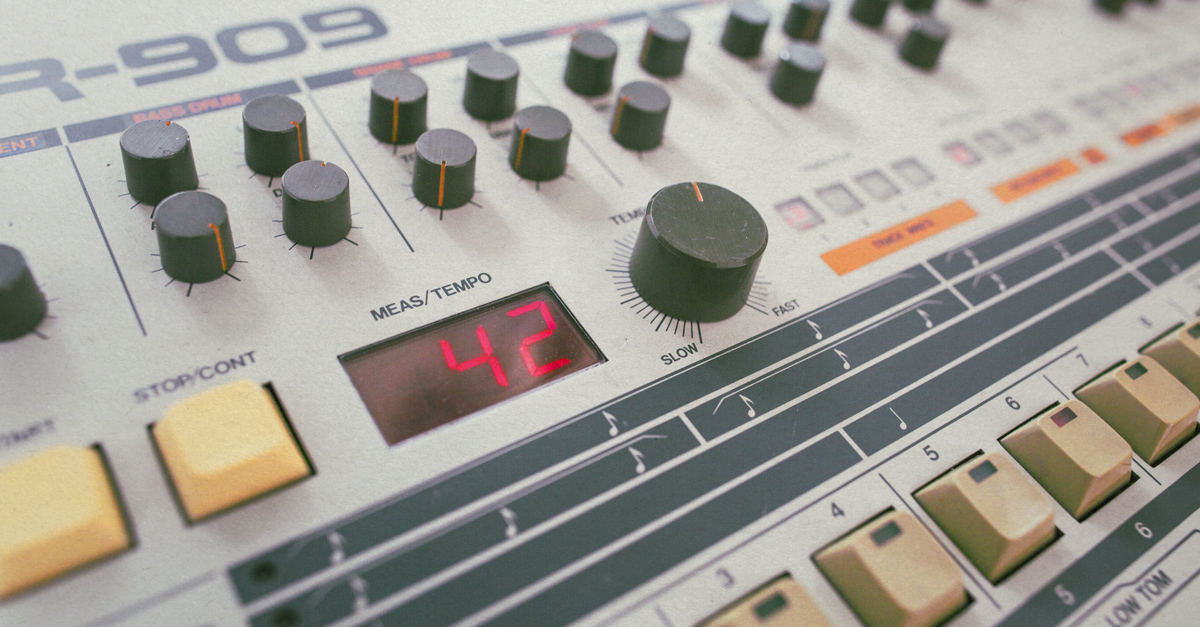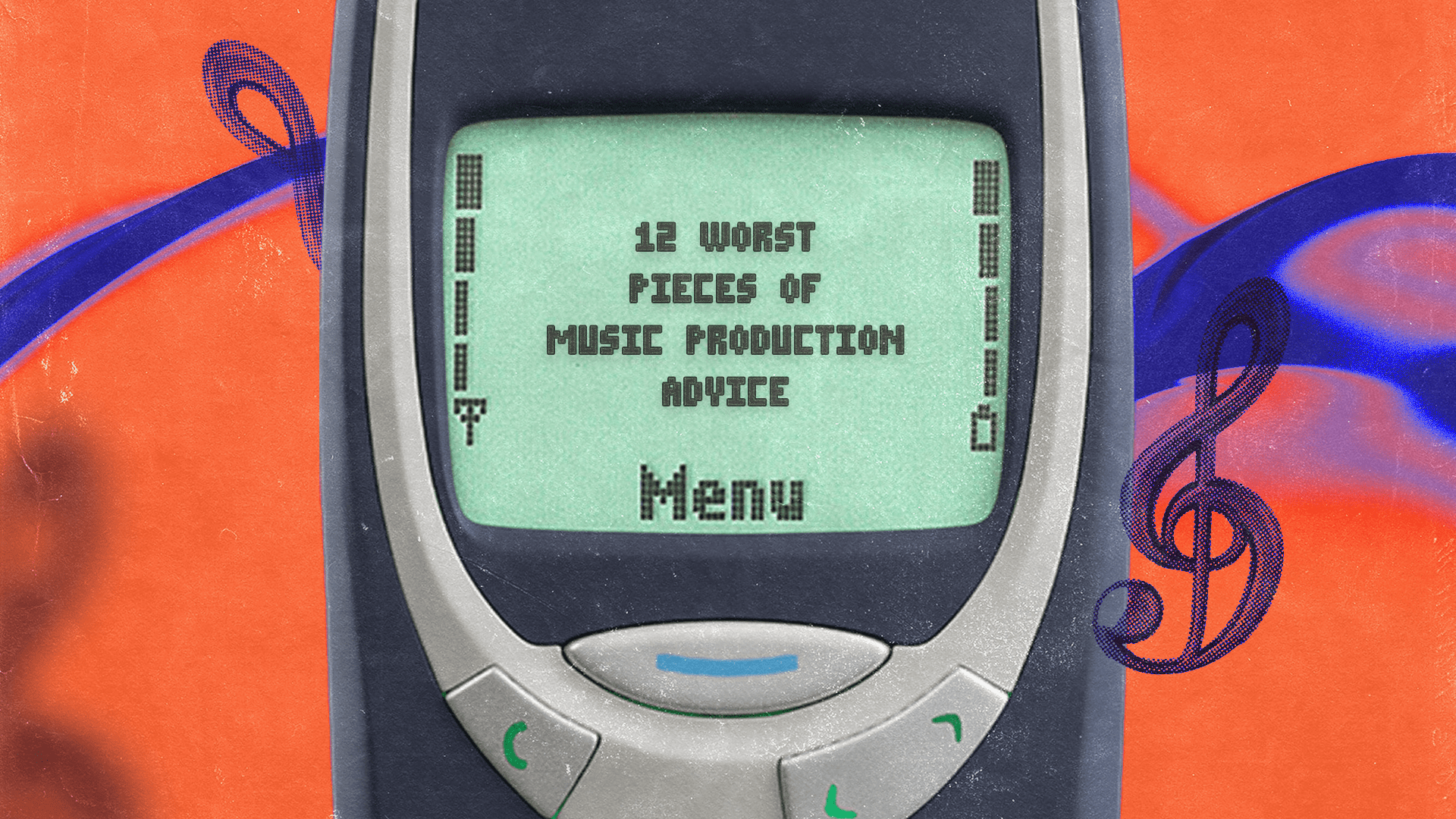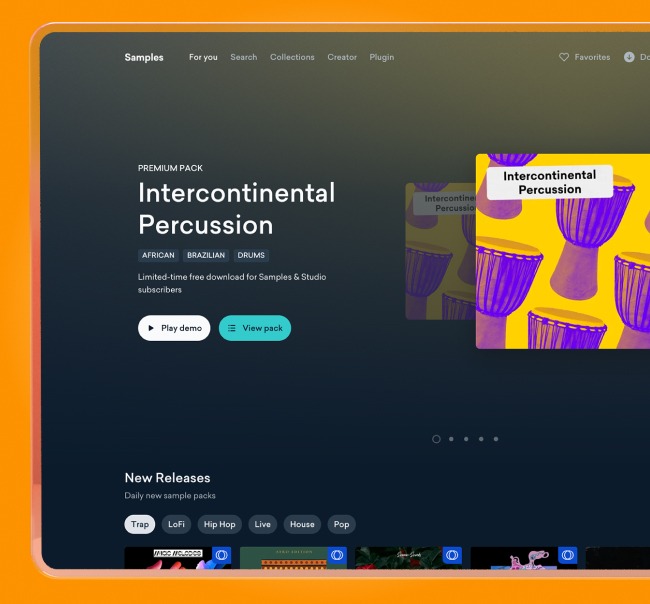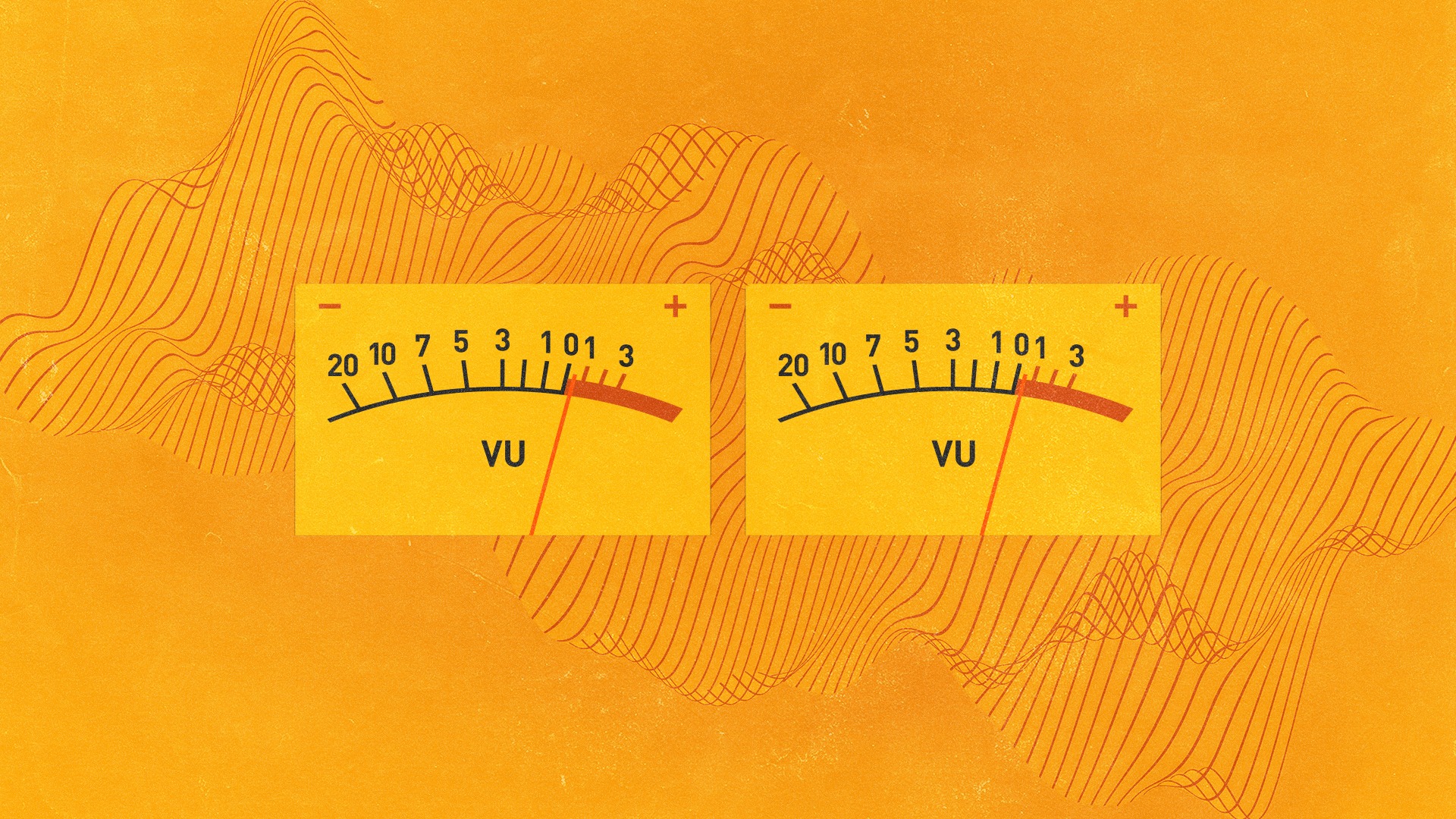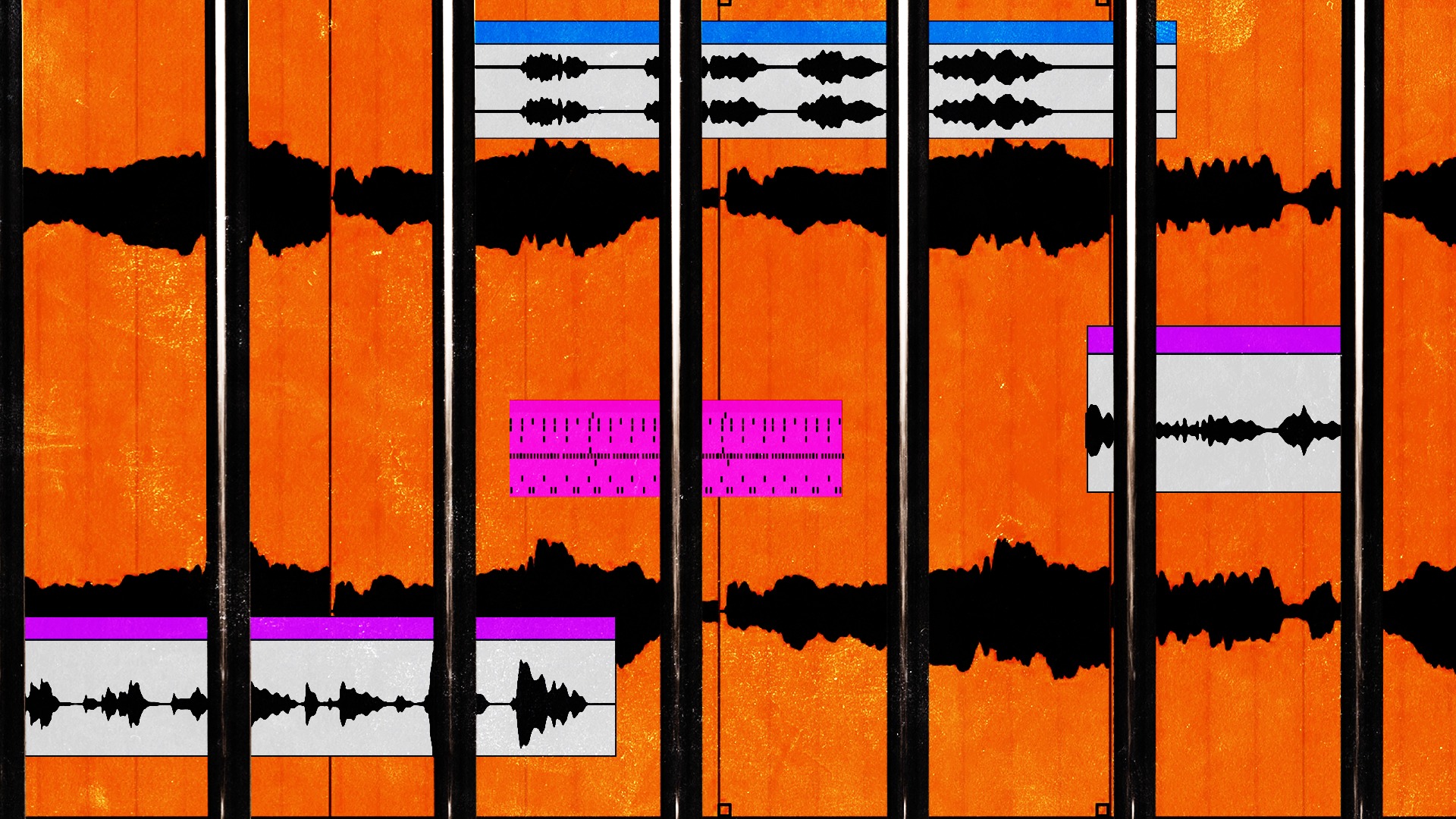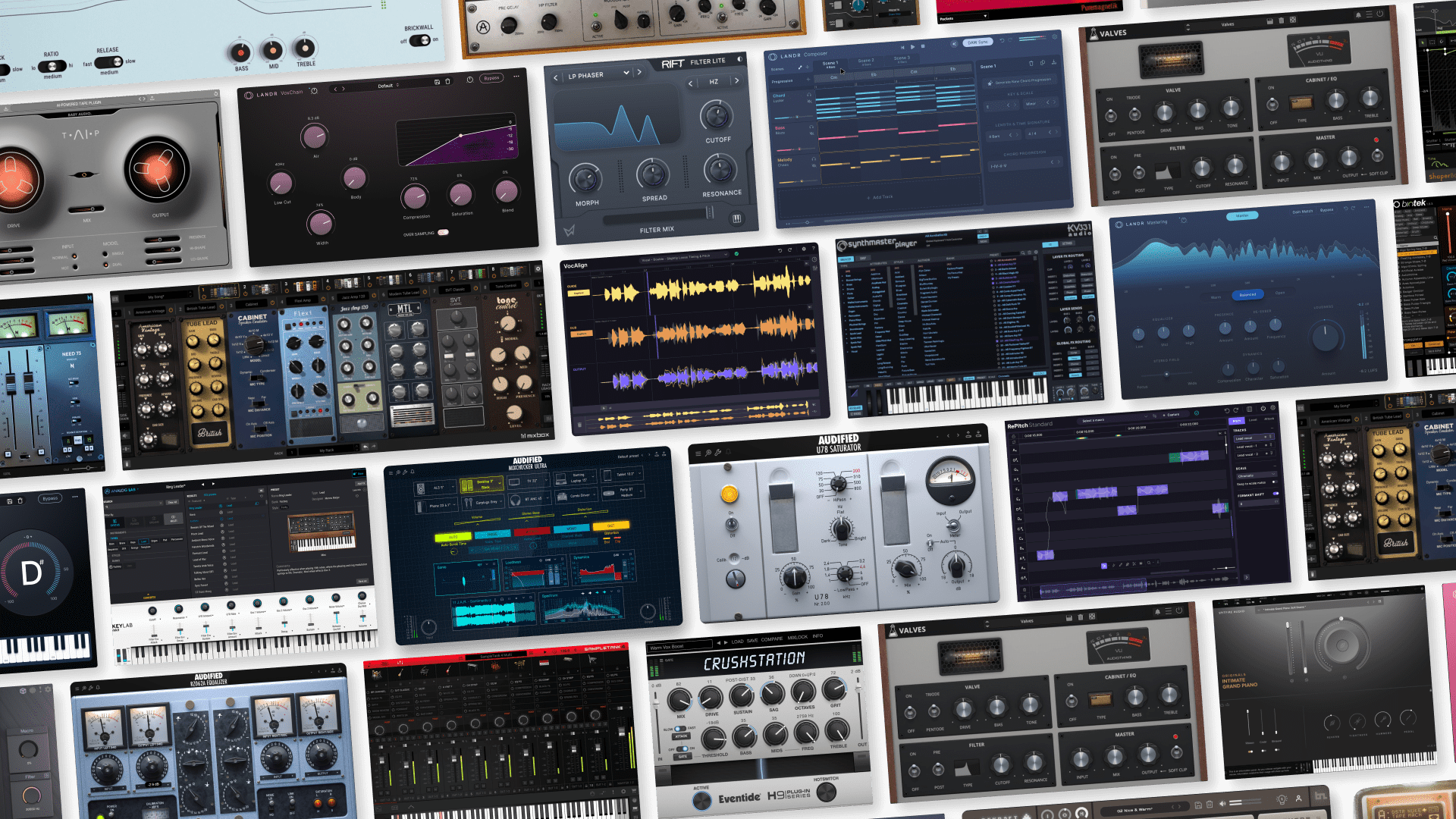
How to Make Drums Slap: 11 Tips for Maximum Impact

Everyone knows that drums define the rhythm of your track, but they also help to define its sense of texture and impact.
So, one of the things that a lot of producers want to know is how to get drums to cut through the mix with the right punch.
Look no further! We have a handful of techniques that will help you get your drums sounding fuller, stronger, and more impactful.
Let’s dive in.
Parallel compression
Parallel compression is a common method for making drums sound more powerful without losing their natural dynamics.
It involves splitting the drum signal into two routings, applying compression to one signal, and then blending it with the dry original. This adds body and energy while keeping the original punch and clarity.
It’s not uncommon to come across compressors that have wet/dry mix parameters built in, making this much easier to accomplish. Korvpressor, which comes with LANDR Studio, has a “Mix” parameter for exactly this technique.
Parallel saturation
Parallel saturation works much like parallel compression, but instead of compressing the wet signal, you apply saturation to add harmonic richness and subtle distortion. This can help drums stand out more in a mix by enhancing their character and warmth.
Blend the saturated signal in lightly to retain the natural tone of the original while adding a bit more presence and texture.
Many saturator plugins come with dry/wet mix parameters built in, but there are advantages to splitting up the signal and sending it to a dedicated bus in parallel.
If you apply a gate to your saturation bus and set the threshold right, you can saturate only the transients of your drum signal, which will help to add punch with a bit more precision.
Transient shapers
Transient shapers allow you to control the attack and sustain portions of a drum hit with precision.
If you want a kick to hit harder or a snare to sound tighter, increasing the attack can help. Reducing the sustain, meanwhile, can clean up drum sounds that feel too long or muddy.
These tools are helpful for shaping drums in a clean and focused way, but should be used with care to avoid making the sound feel unnatural.
Examples include Kilohearts Transient Shaper, SPL Transient Designer Plus, and Native Instruments Transient Master.
A carefully-tuned signal chain
The order of your processing tools can significantly affect how your drums sound.
For example, placing an equalizer before a compressor allows you to remove problematic frequencies before shaping dynamics, while placing it after can help fine-tune the tone after compression.
You can also experiment with placing a saturator or distortion either before or after a transient shaper.
Depending on the source sound and how you fine-tune the distortion, the two tools can interact with each other in interesting ways to create snappier transients or more defined impact.
Sample layering
Layering drum samples can enhance different aspects of a drum sound by combining multiple elements.
For example, you can use one sample for the body and another for the attack to create a more complete and impactful sound.
Don’t forget to pay attention to phase alignment, volume balance, and frequency overlap when layering. The goal is to create a unified sound, not a stack of separate ones.
Clippers
Clippers are useful for controlling peaks and adding loudness, especially to kick and snare tracks.
Unlike compressors, clippers apply a fixed ceiling to the signal, trimming off transients in a way that can add punch without causing pumping or breathing effects.
This technique can make drums feel more aggressive and forward in the mix, but it should be used with moderation to avoid unwanted distortion.
Examples include Kilohearts Clipper, IK Multimedia T-RackS Clipper, and Kazrog KClip.
Choosing the right sounds
The choice of drum sounds is one of the most important steps in achieving an effective mix.
High-quality samples or well-recorded drums that already have the right tone and character for your genre will make mixing easier and more effective.
It’s generally better to start with sounds that fit your track than to rely heavily on processing to fix problems. We always recommend listening to drum sounds in the context of the full mix before deciding to use them.
The best way to find the right sounds is, of course, to source them from a well-curated library. LANDR Samples places over 3 million pro-quality drum sounds at your fingertips, so we highly recommend exploring what’s in there.
Don’t forget the basics
Aside from more specialized techniques for impact and punch, it is of course essential to follow more fundamental best-practices when it comes to your drums.
Let’s run through a few examples before we wrap up.
Use mix busses
Your DAW most likely allows you to gather individual tracks into dedicated groups, often called busses.
Use these to group your drum layers together so that you can process them properly as a kit. It’s also handy for keeping your session tidy and manageable.
Take EQ seriously
EQ isn’t glamorous or about instant gratification, but it can make or break your drums.
Watch out for overpowered sub frequencies that eat up headroom, harsh high frequencies that fatigue the ear, and boxy mid frequencies that mess with definition.
Small, thoughtful moves go a long way toward clarity and cohesion.
Don’t over-compress
Compression can add punch and even shape the groove, but too much can choke the life out of your drums or make your transients unpleasant to the ear.
While aggressive compression can sometimes add intensity and pump that’s appropriate to certain styles, it’s important to know the rules before you break them.
Check out our article on compression to learn more.
If you’re recording a kit, learn to mic it well
Mic placement is critical. Start with solid overheads and a good kick/snare combo. Experiment, listen, and make adjustments before reaching for EQ or effects.
Impact isn’t everything
Drums play an indispensable role in countless genres, from pop and rock to dance music, hip-hop, and beyond.
Treating them as an afterthought, leaving them unprocessed, or neglecting to mix them properly can mean that your tracks fall short of their potential.
That being said, having drums that slap isn’t the shortcut to making a good track that people might often assume.
Never forget the importance of groove, for example. The flow and feel of a rhythm can be even more important than how hard the sounds hit.
And remember that the uniqueness of your drums can also make a huge difference, depending on the genre and style you’re working in.
Feel free to experiment with weird sounds, unconventional rhythms, and more techniques to make your drums as memorable as your hooks!
Gear guides, tips, tutorials, inspiration and more—delivered weekly.
Keep up with the LANDR Blog.
